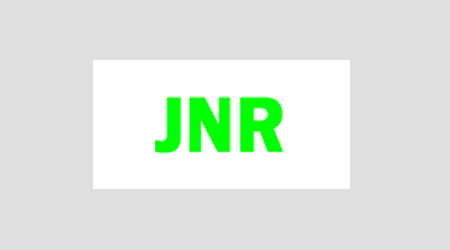
Journal of Nutrition Research
An official journal of IAPEN India association




Journal of Nutrition Research
DOI: 10.55289/jnutres/v10i1_22.8
Year: 2022, Volume: 10, Issue: 1, Pages: 11-19
Original Article
Jyotsna Puthran 1 , Reena Alex ✉ 2
Received Date:26 May 2022, Accepted Date:21 December 2022, Published Date:26 December 2022
Hyperphosphatemia increases mortality in chronic kidney disease (CKD) patients on maintenance hemodialysis (MHD). Hyperphosphatemia in MHD patients is affected by diet and phosphate binders treatment. Thus, we undertook observational research to determine how dietary phosphorus consumption and phosphate binders adherence affect serum phosphate and phosphorus-to-protein ratio (PPR) in MHD. Associations of serum phosphate were examined with identified dietary patterns, organic (plant and animal-based) and inorganic, and whether the patients fully or partially adhered to the phosphate binders. We found a significant difference in phosphate binders on animal and plant sources, high with the animal pattern. However, our study showed no significant correlation in serum phosphate levels. This result could be due to phosphate bioavailability differing by food source and adherence of phosphate binders, which reflect the quantity of phosphate absorbed in the intestines. However, further mechanistic study is warranted.
Keywords: Dietary phosphorus, Maintenance hemodialysis, Serum phosphate, Phosphorustoprotein ratio
© 2022 Puthran & Alex. This is an open-access article distributed under the terms of the Creative Commons Attribution License, which permits unrestricted use, distribution, and reproduction in any medium, provided the original author and source are credited.
Published By India Association for Parenteral and Enteral Nutrition (IAPEN)
Subscribe now for latest articles and news.